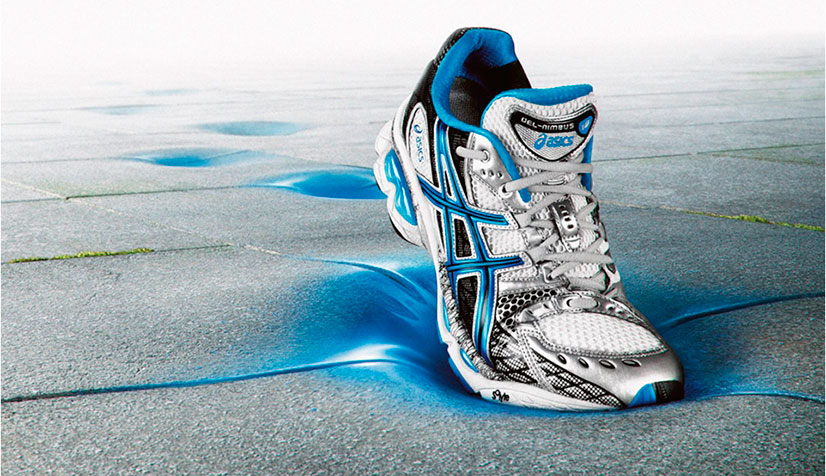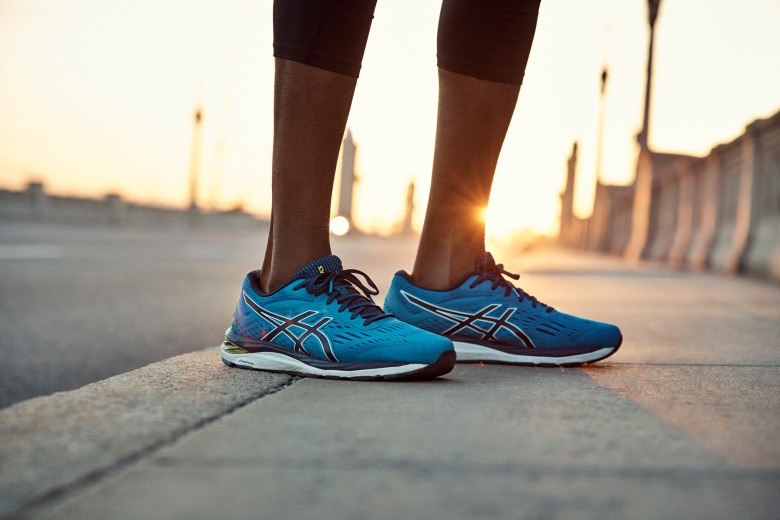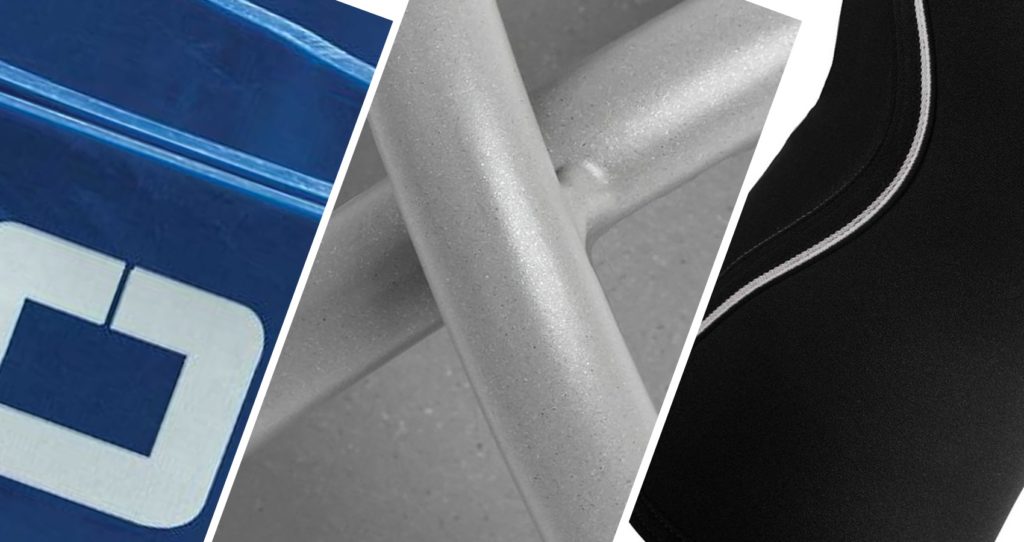To begin with, not every sports shoe is suitable for this. Sneakers, for example, will not work, just as sneakers for basketball, tennis, walking, etc. will not do. Each sport implies a specific load, and for an unprepared athlete, it is most important to correctly compensate for it in order not to get injured.
There are shoes designed specifically for running – running shoes and studs, they reduce the risk of injury and help to achieve good results. We will not speak about spikes in this article, they have their own orientation and are not suitable for beginner runners, consider sneakers.
There are several common features for running sneakers

- Running shoes (with the exception of some special models) must have depreciation. It should be in the heel part of the sole, it also happens in socks. All manufacturers of high-quality running shoes indicate the presence and position of depreciation inserts.
- The sole and the top of the shoe must be flexible and soft in the front.
- On the sole, there are inserts of rubber resistant to abrasion. Most often they are located in the heel part and on the outside of the toe of the shoe, which accounts for the main load.
- Running shoes are never made of leather or other bad breathing materials.
- Hard top elements of the sneaker are allowed only in the heel part. But they should not be in contact with the leg, rub and put pressure on the Achilles tendon.
- The lacing should ideally be located on the shoe asymmetrically, closer to the inside of the foot.
- It is better if the loops of the lacing are not united by a single rigid strap. They should have the possibility of some displacement so that the sneakers can be pulled more tightly along the leg. However, this does not have to be the case.
- The insole must be removable so that it can be replaced by orthopedic if necessary.
- The weight of a pair of sneakers should not exceed 400 grams.
But that is not all. The fact that sneakers are basically suitable for running does not mean that they are good for you. There are several factors to consider.
Athlete gender — women’s running sneakers & running sneakers for men

Men’s and women’s sneakers differ not only in color. Women’s feet are more demanding on shoes, so additional technologies and other materials can be used. The main differences in women’s sneakers:
- The proportions of the female leg are on average different from the proportions of the male, and therefore the shoe is different. Women’s shoe narrower
- The heel of women’s sneakers has an extra height that reduces the likelihood of damage to the Achilles tendon
- Women weigh less than men and therefore depreciation of women’s sneakers is softer than men’s
The exception to these rules are, as a rule, competitive footwear, which does not have any serious constructive solutions and technologies but is not suitable for long workouts.
Pronation, supination, and height of the arch of the foot
If you are not familiar with these concepts, then you can read about them in the article pronation and supination. Here, I want to note that when choosing sneakers, the degree of pronation and height of the arch of your foot is one of the decisive values - this parameter directly affects the probability of injury. People with excessive pronation and low arch should choose running shoes with instep support (protection from excessive pronation), this will increase depreciation and save your knees. While people who have hypopronation to wear them — the likelihood of tuck up increases.
Wide and narrow foot, shoe size
The width of the pads mainly depends on the manufacturer. For example, Asix traditionally has a rather narrow pad, while Saucony and Brooks have a wide one, while Mizuno has a narrow heel and a wide toe. When trying on sneakers, pay attention to how they sit on the foot – sneakers should fit snugly to the foot, but at the same time do not press anywhere. Always lace up your sneakers from the bottom loops to fit them on your leg as best you can.

In size shoes should be chosen so that the thumb did not reach the toe of the sneaker at least 3 millimeters. This is due to the fact that when running the foot increases in size and if you take sneakers exactly the size, while running can damage the nail. For the same reason, it is better to measure sneakers in the evening, when the foot increases from the daily load. To try on, you should wear your running socks and carry orthopedic insoles if you use them.
Some types of sneakers are small. Most often this is competitive shoes.
Type of training and weight athlete
The pattern here is simple, the more your weight, the longer the distance and the worse the fitness of your muscles and ligaments, the more desirable depreciation and support. Which one (in which parts of the shoe) depends on the structure of your foot, biomechanics and technique of running.
Height difference between heel and toe and running technique
The value of the differential is selected depending on the technique of setting the foot when running. Usually there are three types of running: setting on the heel and setting on the middle or front of the foot. When running on the heel, it is made higher and, usually, there is decent depreciation in the heel to minimize the risk of knee injury. When running on the middle or front of the foot, the sole becomes flatter, and the cushioning is located mostly in the front.
Just as stated above, a higher heel reduces the risk of Achilles tendon injury.
There is an opinion that differential can influence the technique of your run and change it. We are skeptical of this statement. A drop may help or prevent you from running a little with your technique, but this intervention will never be so strong that the technique will change.
Season
Summer and competitive sneakers are made light and breathable, they easily get wet. Winter and autumn-spring sneakers are made from more dense materials that do not get wet well and retain heat better.
Contrary to the hopes of many people, there are no sneakers that are well ventilated and do not get wet. Even Gortex tissue, designed to solve this problem, does not always successfully cope with it.
Coating
From the coverage on which we run, in the first place depends on the sole of the shoe. For running on treadmills, asphalt and other solid, even surfaces, a smooth, soft sole will do. For dirt tracks and similar softer soils, the outsole is taken more rigid and the tread becomes deeper to improve recoil. Running through the forest and in bad weather requires even more tread, and sometimes iron spikes, so as not to slide on the trunks of fallen trees, ice, etc. Also, these soles are made even tougher to protect the athlete’s foot from all kinds of sharp stones and snags.
In addition to the soles, off-road shoes often make lateral support that protects the leg from dislocations, and a thicker mesh is placed that is harder to damage.
The best running shoes brand

The distinction of brands is observed not only in the pads. The technologies of each brand are also their own and, although they are all similar in meaning to each other, they still have differences. So Asix uses to absorb the gel, Seikony and Brooks, foam, and Mizuno – a plastic plate. They all perform the same function but behave a little differently, so it is better to try several options and choose the most comfortable one.
Also, some brands have their own focus. For example, Salomon focuses mainly on the roads.
Most of the considered characteristics can and should be determined independently, however, the degree of pronation and flat-footedness, as well as the nuances of technology, are better specified using special equipment.

